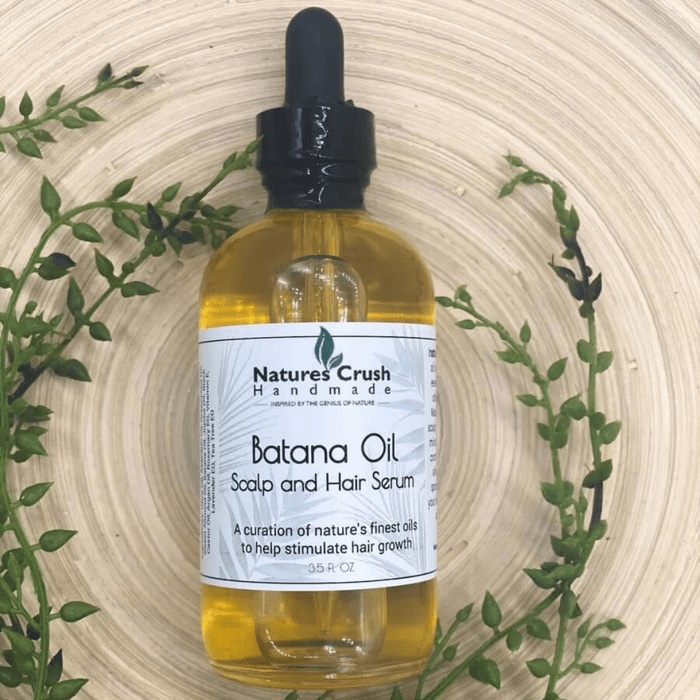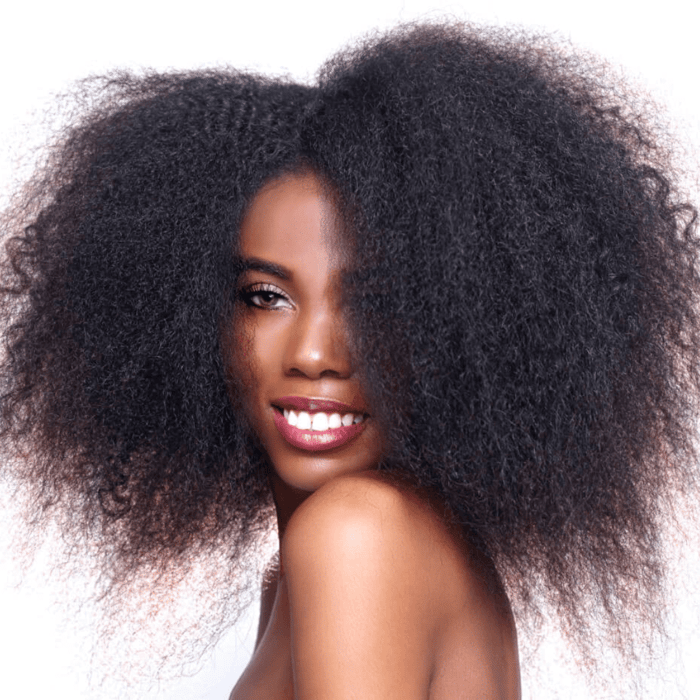Hair conditioners are a staple in many people’s hair care routines, but have you ever wondered what makes them so essential? Let’s dive into the science behind hair conditioners, how they work, and why they are crucial for maintaining healthy, beautiful hair.
What is a Conditioner?
A conditioner is a hair care product designed to improve the feel, appearance, and manageability of hair. Typically applied after shampooing, conditioners help restore moisture, reduce frizz, and add shine to the hair. They come in various forms, including rinse-out, leave-in, deep conditioners, and hair masks. The primary function of a conditioner is to moisturize and protect the hair shaft.
The Science of Hair Conditioners
Hair Structure
To understand how conditioners work, it’s essential to know the basic structure of hair. Each hair strand consists of three layers:
Cuticle: The outermost layer, made up of overlapping scale-like cells that protect the inner layers.
Cortex: The middle layer, containing fibrous proteins and pigments that give hair its strength, texture, and color.
Medulla: The innermost layer, present only in some hair types.
The cuticle layer is crucial for hair health. When the cuticle is smooth and lies flat, the hair looks shiny and feels smooth. However, chemical treatments, heat styling, and environmental factors can lift and damage the cuticle, making hair look dull and feel rough.
Ingredients in Conditioners
Conditioners contain several key ingredients that work together to improve hair health:
- Emollients: These are lubricating agents that smooth the hair cuticle and make it easier to comb through. Examples include natural oils (e.g., coconut oil, argan oil), synthetic oils (e.g., dimethicone), and fatty alcohols (e.g., cetyl alcohol, stearyl alcohol).
- Humectants: These attract moisture from the environment and bind it to the hair shaft, helping to keep hair hydrated. Common humectants include glycerin, panthenol, and propylene glycol.
- Proteins: Hydrolyzed proteins, such as keratin, silk, and wheat proteins, help strengthen and repair damaged hair by filling in gaps in the cuticle layer.
- Surfactants: Cationic surfactants (e.g., behentrimonium chloride, cetrimonium bromide) help to detangle hair by neutralizing the negative charges on the hair surface, reducing static and friction.
- Silicones: These form a protective coating around the hair shaft, reducing frizz and adding shine. Examples include dimethicone, cyclopentasiloxane, and amodimethicone.
How Conditioners Work
When a conditioner is applied to the hair, the following processes occur:
Cuticle Smoothing: Emollients and silicones in the conditioner coat the hair cuticle, smoothing the overlapping scales. This makes the hair surface more uniform, reducing friction and enhancing shine. The smooth cuticle also reflects light better, giving hair a glossy appearance.
Moisture Retention: Humectants in the conditioner attract and retain moisture in the hair shaft. This hydration is essential for maintaining the hair's elasticity and preventing breakage. Well-hydrated hair is also less prone to frizz and tangling.
Strengthening and Repair: Proteins in the conditioner penetrate the hair shaft and fill in gaps in the cuticle layer caused by damage. This reinforces the hair structure, making it stronger and more resilient to breakage. Over time, regular use of protein-enriched conditioners can help repair and fortify damaged hair.
Detangling and Reducing Static: Cationic surfactants in the conditioner neutralize the negative charges on the hair surface, reducing static and making the hair easier to comb through. This prevents mechanical damage and breakage caused by tangling.
Protective Coating: Silicones in the conditioner form a thin, protective coating around the hair shaft. This coating acts as a barrier against environmental stressors, such as humidity and pollution, and helps to seal in moisture. It also provides heat protection, reducing the damage caused by styling tools.
Application of Conditioner
To maximize the benefits of a conditioner, it's important to apply it correctly:
After Shampooing: Apply the conditioner to wet hair after rinsing out the shampoo. This ensures that the hair is clean and ready to absorb the conditioning agents.
Focus on Ends: Concentrate the conditioner on the mid-lengths and ends of the hair, where it tends to be drier and more damaged. Avoid applying too much conditioner to the scalp, as this can weigh down the hair and make it look greasy.
Leave It On: Allow the conditioner to sit on the hair for a few minutes to let the ingredients penetrate and work their magic. The exact time can vary depending on the product instructions.
Rinse Thoroughly: Rinse the conditioner out with cool water to help seal the cuticle and lock in moisture. Make sure to rinse thoroughly to avoid any residue that can weigh down the hair.
Conditioners play a crucial role in maintaining hair health by providing moisture, smoothing the cuticle, and protecting against damage. The combination of emollients, humectants, proteins, surfactants, and silicones works together to make hair more manageable, shiny, and resilient. By understanding the science behind conditioners, you can make informed choices about the products you use and how to incorporate them into your hair care routine for the best results.
Whether you have straight, curly, or textured hair, using a conditioner can transform your hair from dry and brittle to soft and luscious. So, the next time you reach for your favorite conditioner, you’ll know exactly how it’s working to keep your hair healthy and beautiful.


.JPG)


